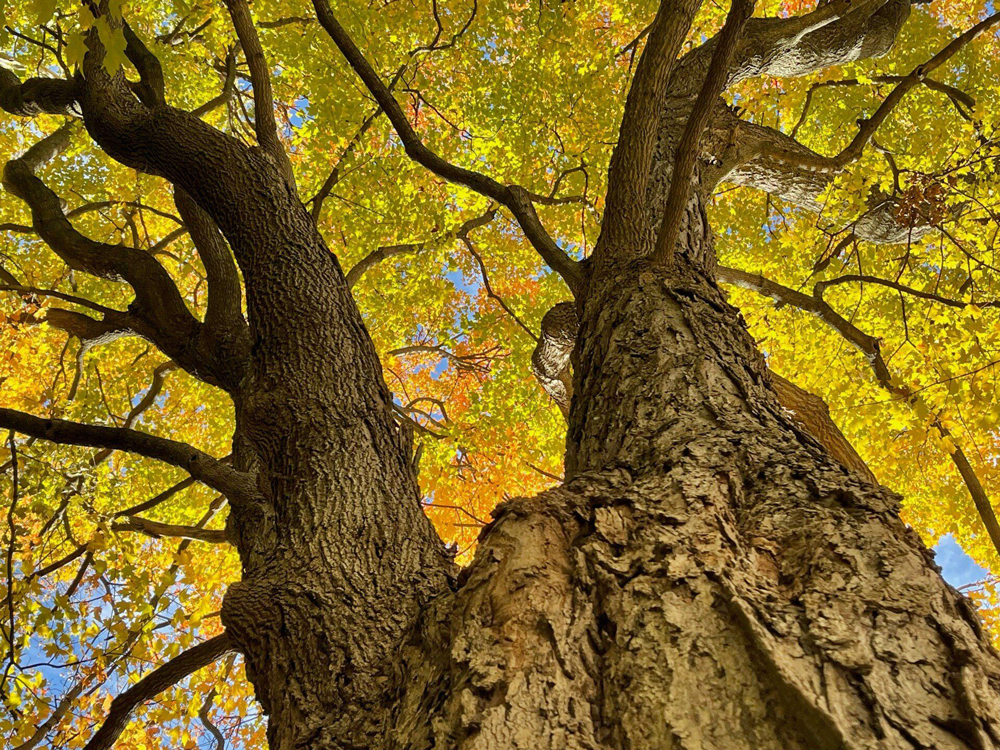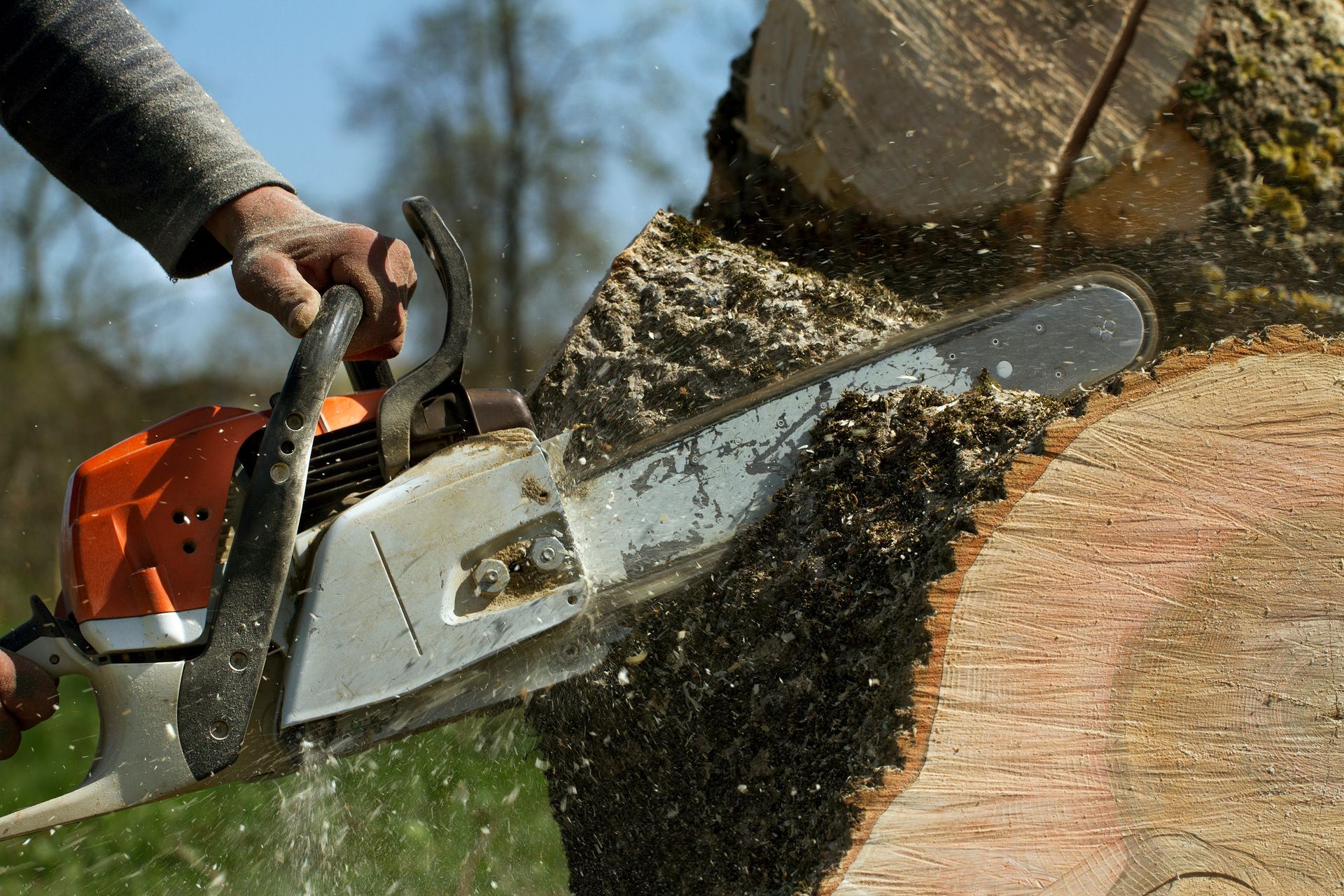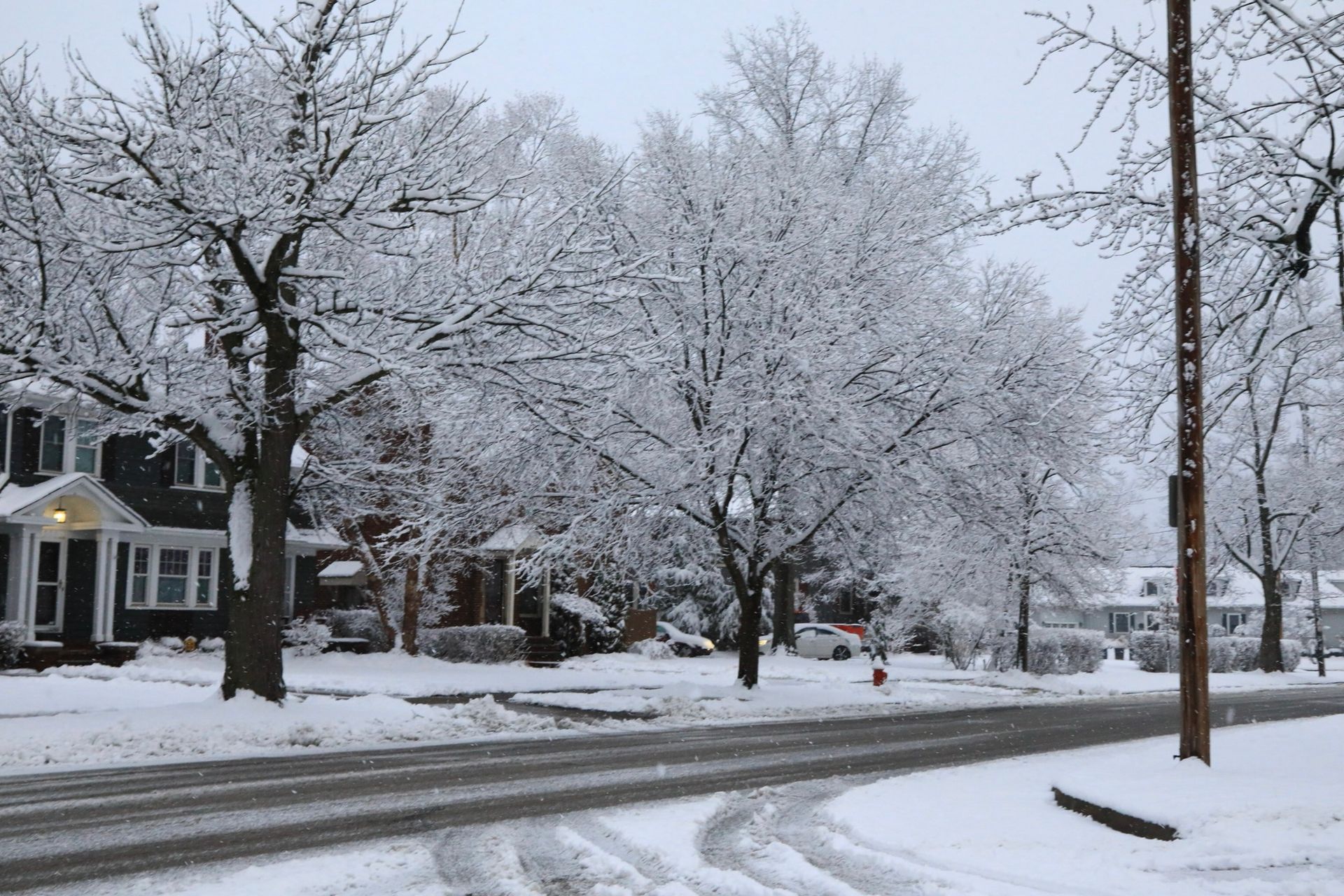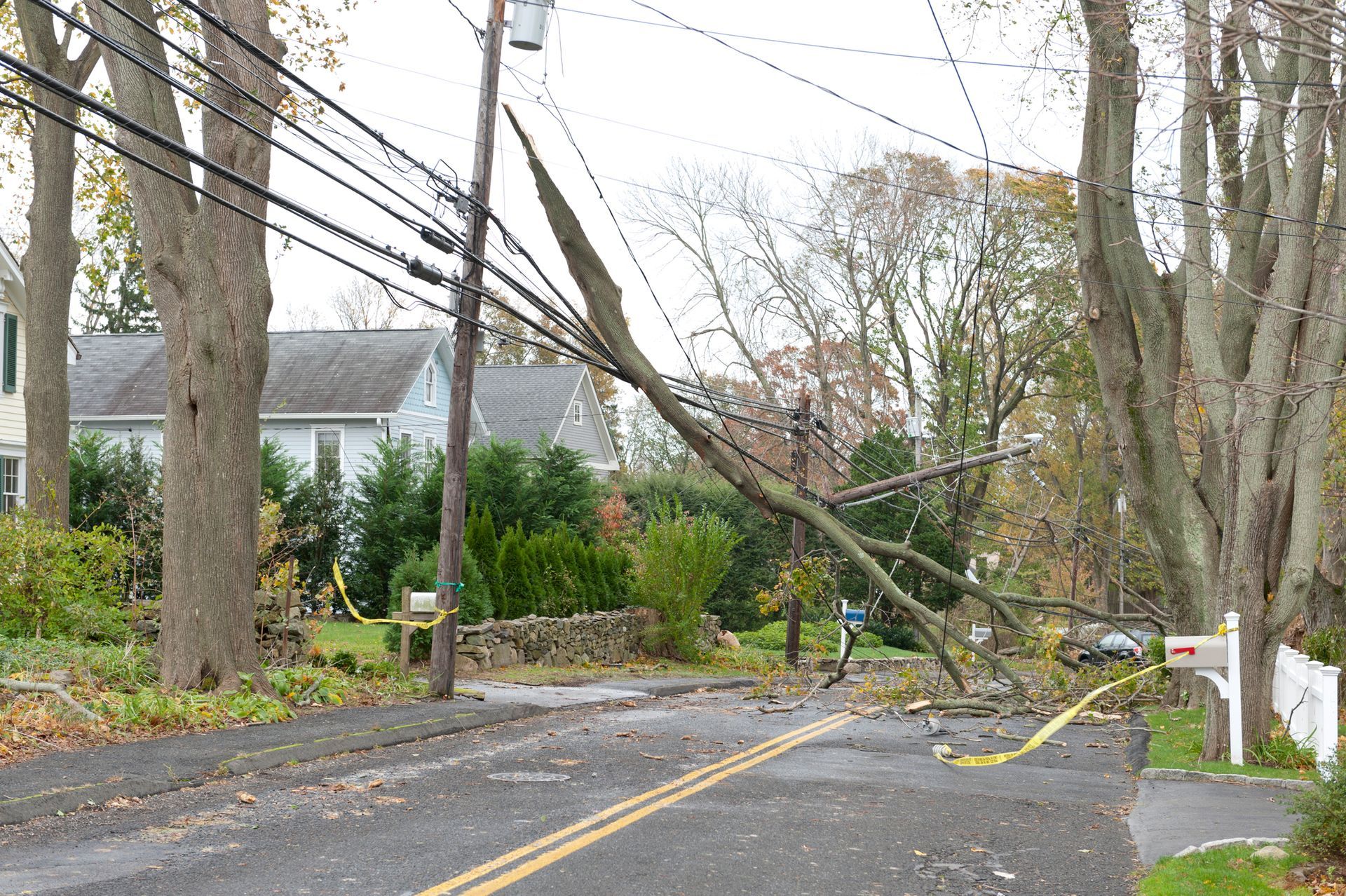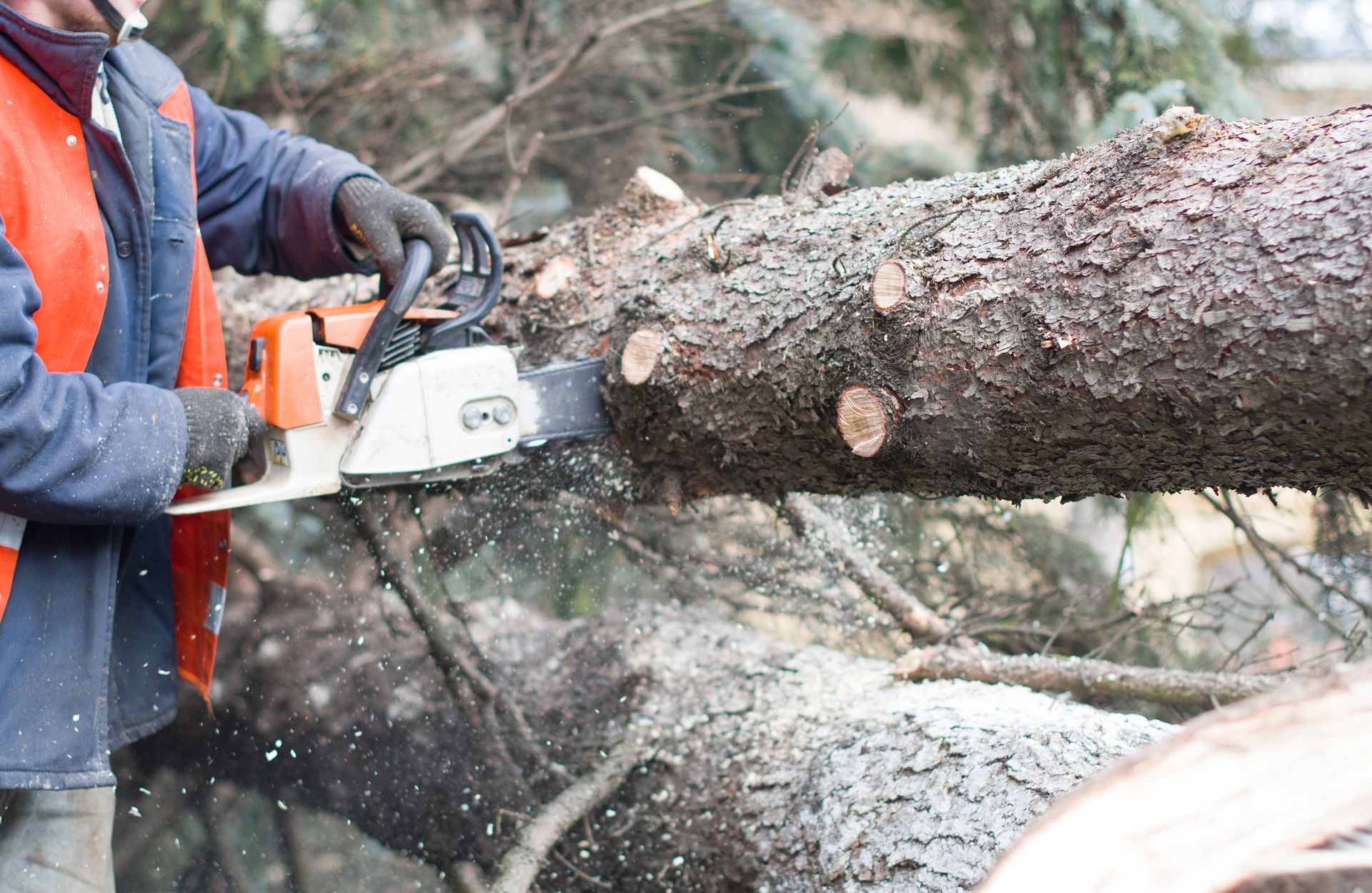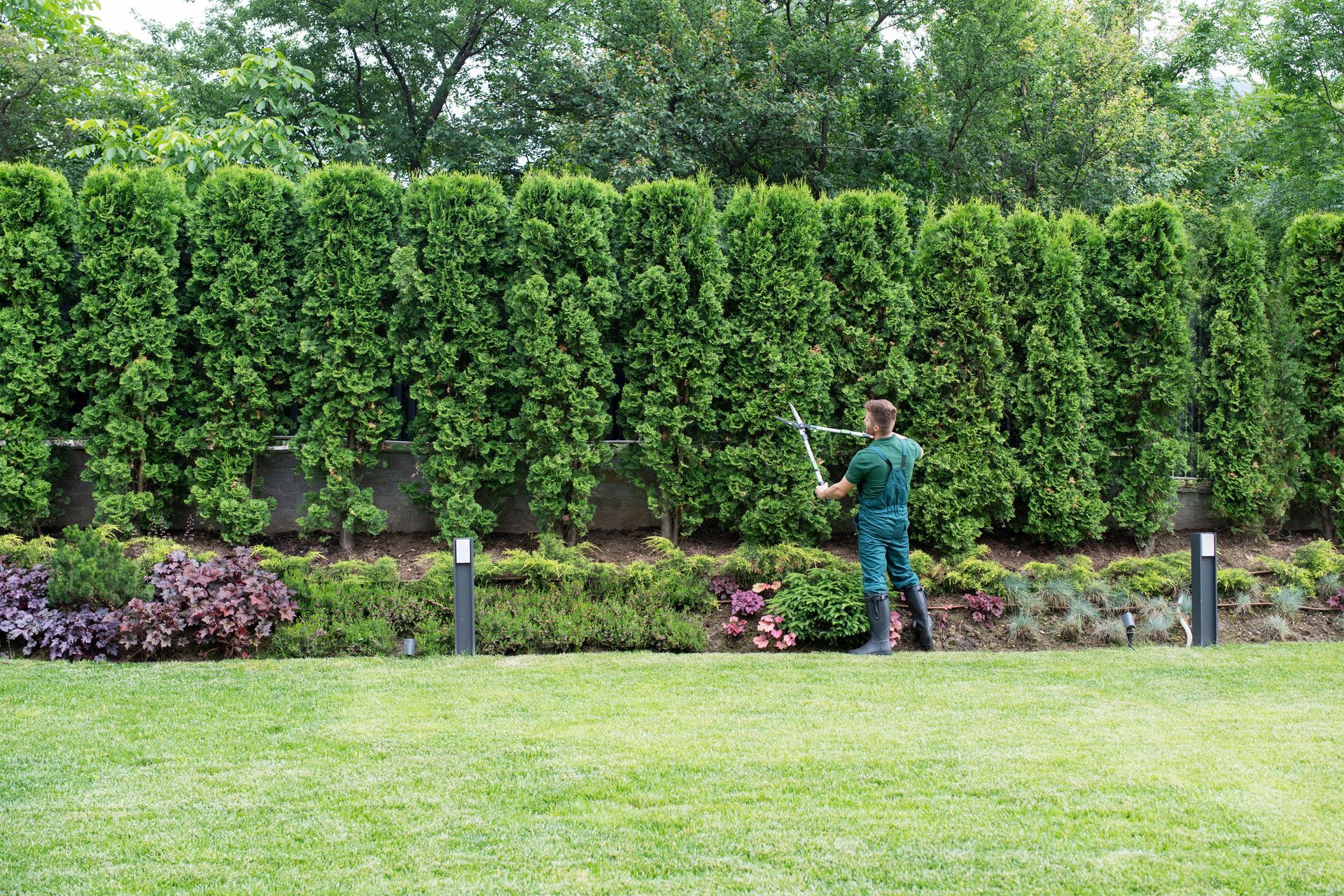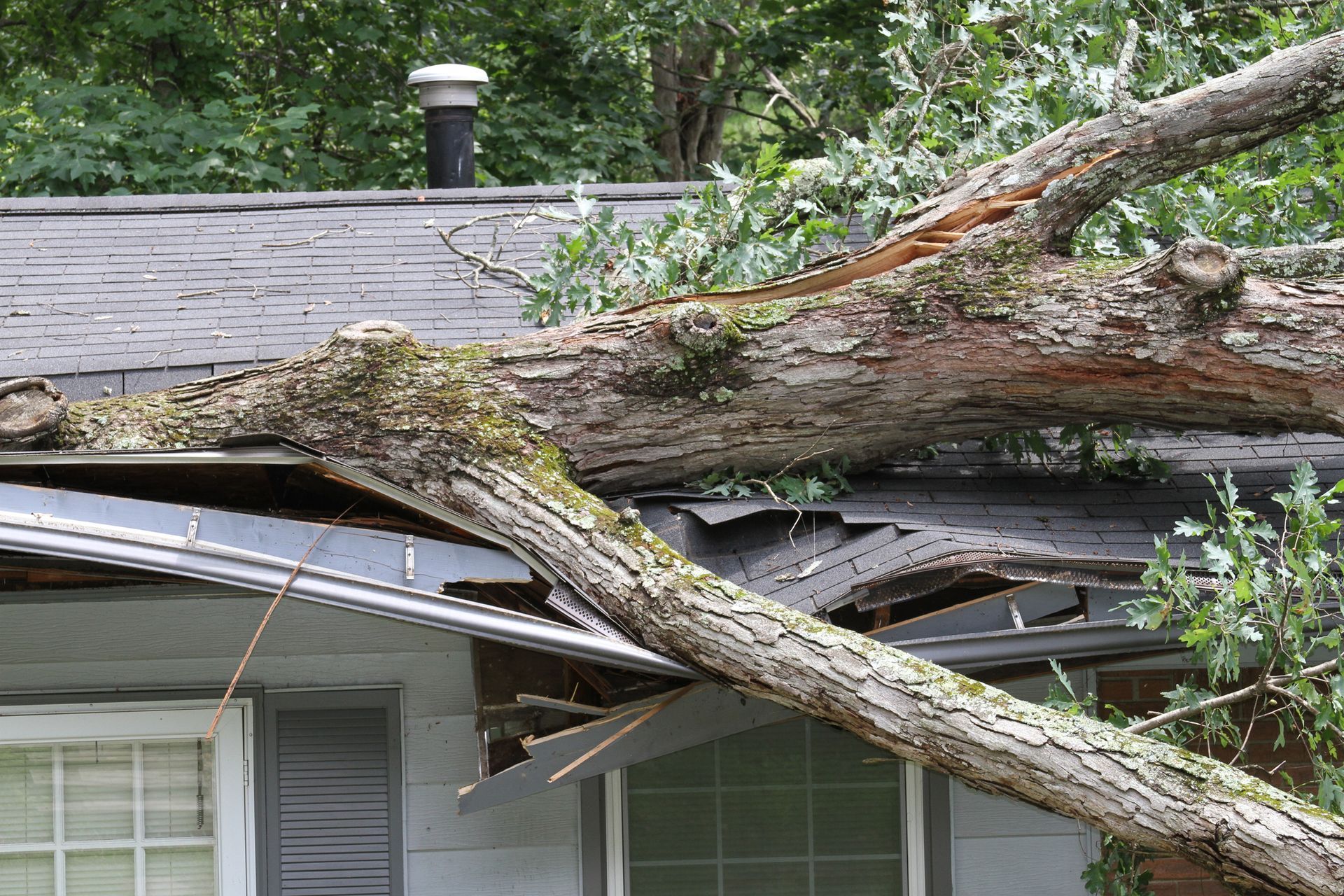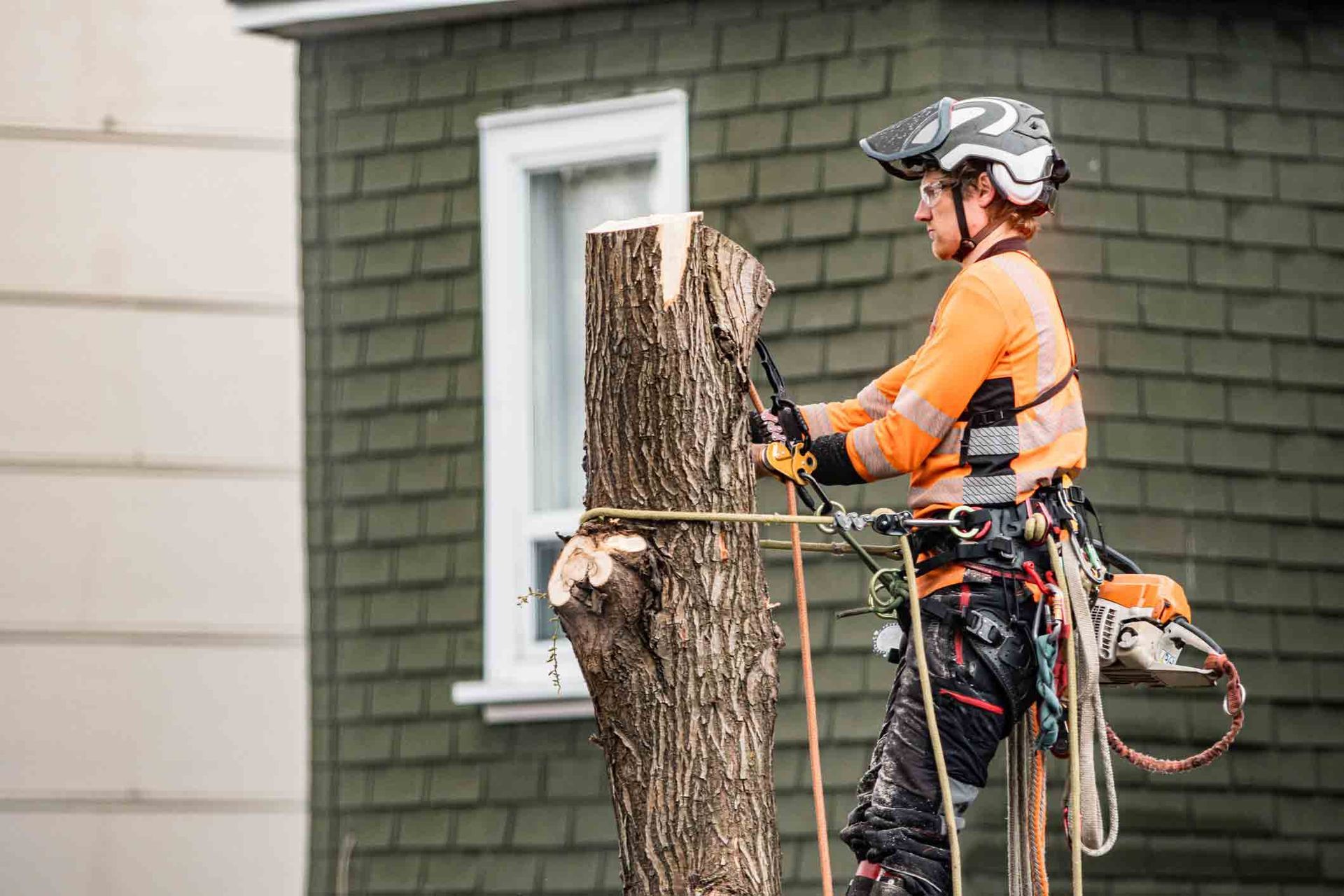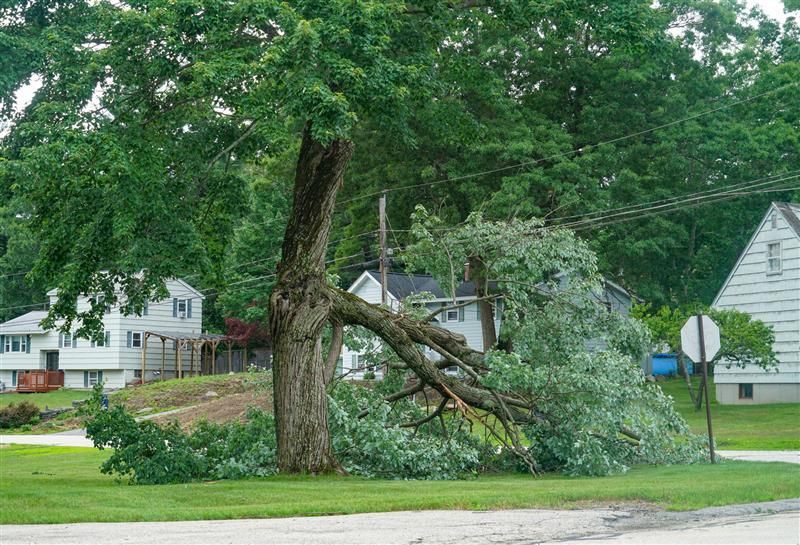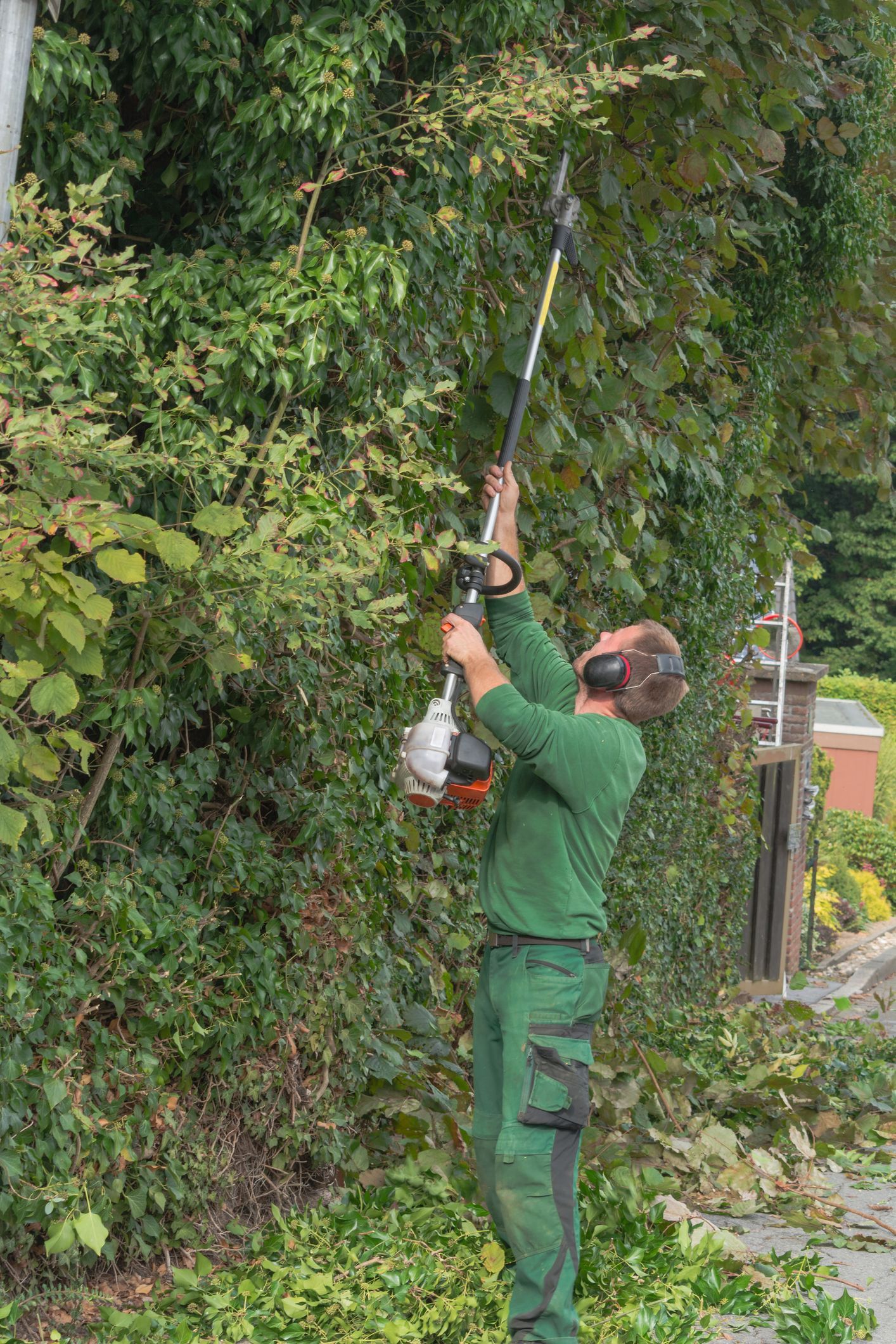What You Need to Know About Bagworms and Your Trees
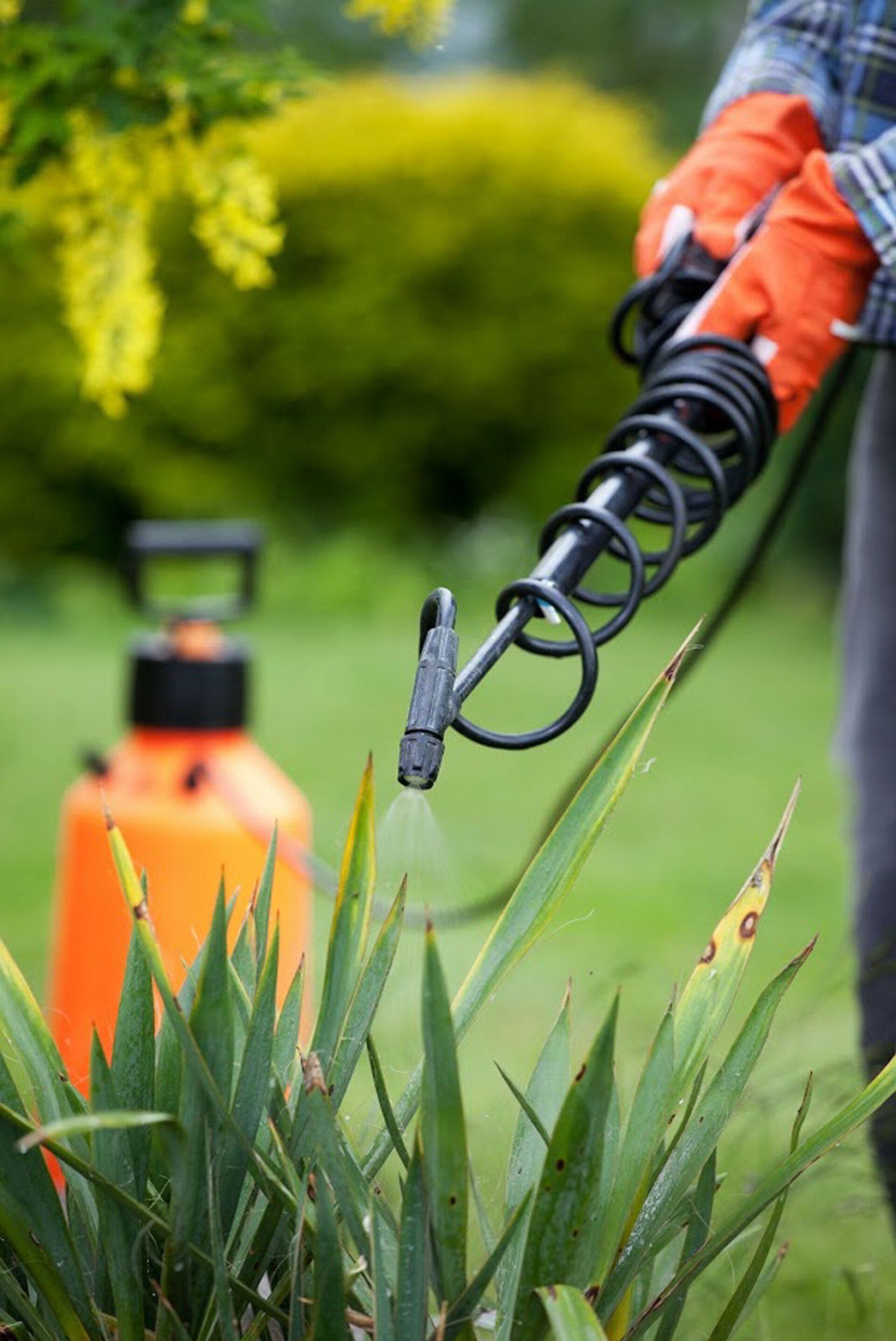
Vibrant, healthy trees are the pride of many residential landscapes. Unfortunately, the trees in your yard can play host to a wide range of pests
that may negatively impact the health of your trees over time. One of the pests you may encounter is known as the bagworm.
Bagworms can cause irreparable damage to both evergreen and deciduous trees. You need to learn more about what bagworms look like, the
type of damage they can cause when they infest your trees, how you can effectively get rid of them, and how you can protect your landscape
against the devastating effects of these pests in the future.
The Appearance of the Bagworm
Many homeowners have trouble managing bagworm damage because these pests can be challenging to spot.
You are more likely to see the homes these pests build for themselves in your trees than you are to see an actual bagworm in either their larvae or
moth form. A bagworm's home is a cocoon-like bag that is spindle-shaped. These bags are often mistaken for pine cones because of their
dendritic nature.
In late summer or early fall, male bagworms will emerge from their bags in the form of ashy-black moths to complete the mating process.
Bagworm eggs start to hatch in late spring or early summer. The black larvae of the bagworm are extremely small when they emerge from
cocoon-like bags.
These black larvae use their silk thread as a parachute to fly to nearby trees and shrubs. The larvae will begin building homes of their own once
they land in a new tree or shrub.
Damage Caused by the Bagworm
Once bagworms have taken up residence in your trees, these pests can cause a significant amount of damage.
Bagworms that end up in evergreen trees will consume the buds and foliage of the trees. This consumption will cause the tips of the branches to
turn brown and eventually die.
If bagworm populations are not controlled quickly, they have the potential to eat so much of your evergreen trees that they kill the tree
completely.
Bagworms can also cause a lot of damage to deciduous trees. The bagworms will use these trees' leaves as a food source, eventually causing
defoliation of the tree.
Bagworms can also wrap their silk thread around the branches of a deciduous tree. This will cause the branches to die off over a period of time.
Controlling Bagworm Infestations
Controlling bagworm infestations is challenging because these pests often go unnoticed until significant damage to a tree has been done.
The most effective method of bagworm control is the manual removal and destruction of all bags. You will also have to cut loose any silk threads
that have become entangled in your tree as you work to remove all of the cocoon-like bags.
A skilled arborist can help you with this process if you don't relish the thought of handling bags filled with bagworm larvae. Chemical treatments
can also be used to kill off bagworms.
Specialized treatments can be applied to your tree by an arborist during the late spring and early summer months. This is the period of time when
the larvae emerge from their bags and start to eat. Chemical pesticides applied at this time can help kill off a large portion of the bagworm
population.
The exact timing of this feeding period can vary from one region to the next, so it's always best to work with an experienced tree service company
when you are considering chemical pesticides to eradicate your bagworms.
If you think that bagworms are threatening the trees in your yard,
contact Baumann Tree for help getting rid of these pests.
